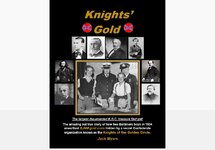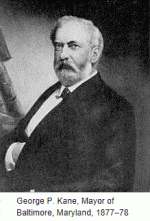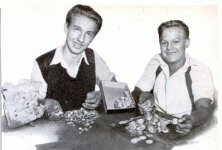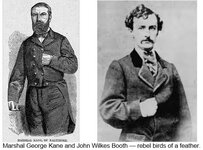PhillyJack
Jr. Member
- Oct 10, 2016
- 26
- 59
- Primary Interest:
- All Treasure Hunting
In 1934 two Baltimore boys found a copper pot containing 5,000 19th-century gold coins buried under an old tenement house. The new book Knights' Gold will prove that the treasure was actually the property of the Baltimore castle of the KGC, and not the savings of a wealthy miser. John Wilkes Booth, a member of the Baltimore KGC, lived just four blocks from the treasure site. The Baltimore cache represents the largest documented KGC treasure ever uncovered.
Attachments
Last edited by a moderator:










